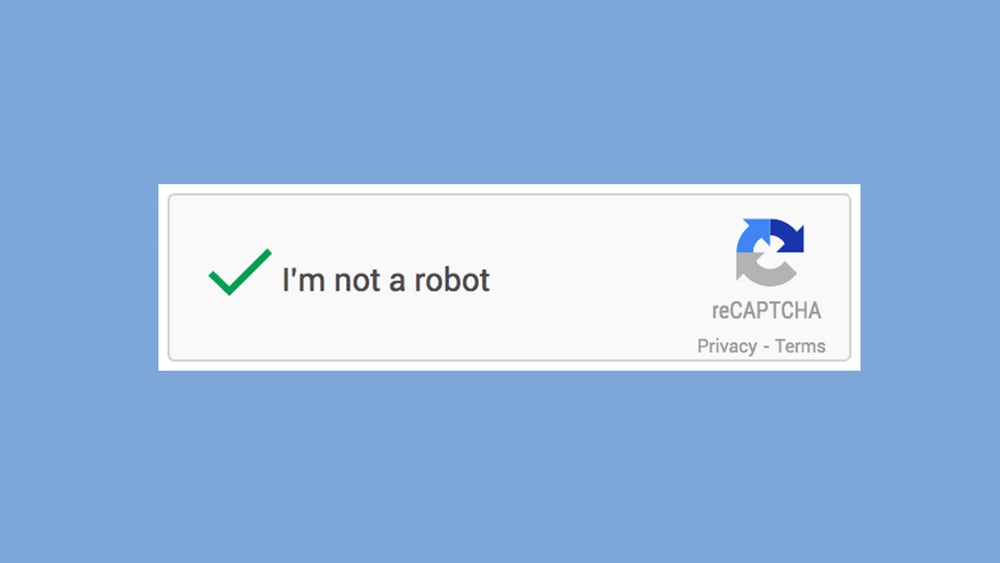Why it is getting complex
In 2014, Google battled one of its machine learning algorithms against humans to solve difficult-to-read CAPTCHAs – while the algorithms got the CAPTCHA right 99.8% of the time, humans only got it right 33% of the time. This is when image grids were introduced to differentiate between robots and humans. Google incorporated NoCaptcha ReCaptcha that observes the behavior and data of users to allow humans to simply click on ‘I am not a robot’ button while it presents image grids to others. Unfortunately though, AI has become smarter over the years and it is not far when a new identification method would have to be introduced.
To demonstrate how far AI has come, a computer science professor from the University of Illinois at Chicago, Jason Polakis published a paper in 2016. He used image recognition tools including Google’s reserve image search to solve Google’s CAPTCHAs with 70% accuracy. He pointed out in his paper, “We’re at a point where making it harder for software ends up making it too hard for many people. We need some alternative, but there’s not a concrete plan yet”.
Other researchers have also beaten Google’s audio CAPTCHA by using the audio recognition programs of Google. Advancement in AI is going at bullet train speed, which is why CAPTCHA is destined to become complex too. Shuman Ghosemajumder, who worked at Google in the past said that no matter what type of CAPTCHAs is introduced, they will eventually be broken by the AI, whether they are video, game or something more complex. A better way to determine whether a website is being viewed by robot or human is to constantly keep a check on their activity. Ghosemajumder said that a human does not have good control over their motor functions, their scrolling is haphazard and but a robot will move the mouse in a mechanical, and precise manner – which can easily differentiate a human and robot.
The latest version of Google CAPTCHA, CAPTCHA v3 does adaptive risk analysis to see how shady/suspicious the user seems to be. Website owners are given the option to either request a password or a two-factor authorization process from the suspicious users.


